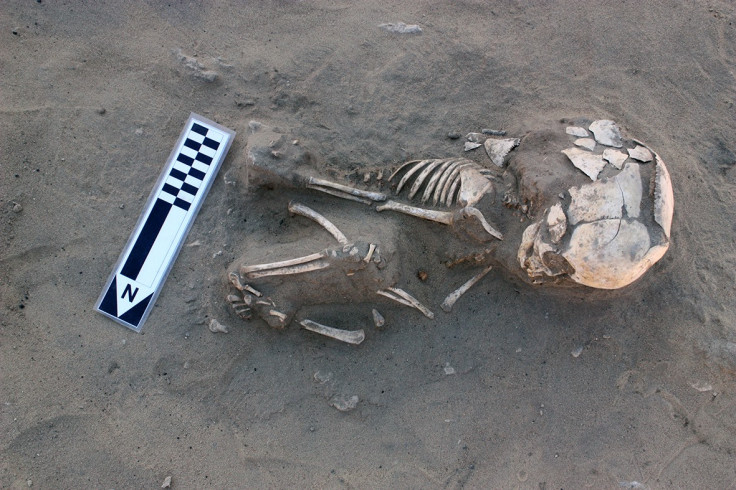World's oldest case of scurvy found in 5,000-year-old infant skeleton in Egypt

The skeletal remains of a one-year-old child dating to between 3800 and 3600BC discovered in Egypt may be the oldest known case of scurvy in the world, the antiquities ministry has announced. The skeletal remains were found at the pre-historic settlement of Nag el-Qarmila in Aswan, about 850km south of Egyptian capital Cairo.
The discovery was made by the Aswan-Kom Ombo Archaeological Project (AKAP), a joint venture between the University of Bologna and Yale University, antiquities minister Dr Mamdouh Eldamaty said in a statement. Bio-archaeologists Mindy Pitre of St Lawrence University and Robert Stark of McMaster University studying the infant remains observed changes in bones suggesting deficiency of ascorbic acid (vitamin C), the condition that causes scurvy.
However, researchers have yet to figure out the circumstances that may have caused the disease. "While the cause of this infant's probable scorbutic state is unknown, various circumstances such as diet and cultural behaviours may have contributed to the condition," the ministry said.
"This new discovery informs on the antiquity of ascorbic acid deficiency in the Old World and on the interaction between culture, biology, and environment in the pre-dynastic Egypt," it added. Dr Maria Carmela Gatto of University of Leicester said the child was buried within a small rural village located at the southern periphery of the region.
The general manager of Aswan Antiquities, Nasr Salama said that AKAP archaeologists, who have been studying the region since 2005, are "shedding light on the pre-dynastic period, an important although less known period of Egyptian history." The Italian-American archaeological project aims at studying the dynamics of interaction between the Egyptian and ancient Nubian culture that occurred since pre-historic times.
© Copyright IBTimes 2025. All rights reserved.






















